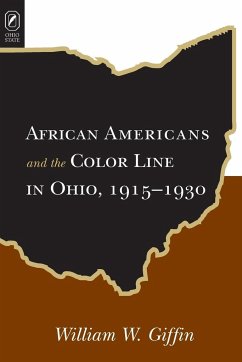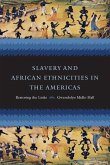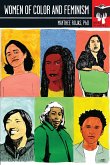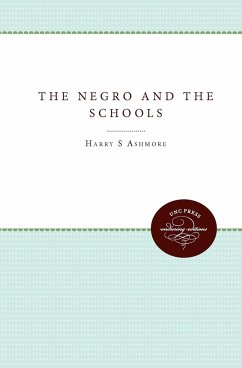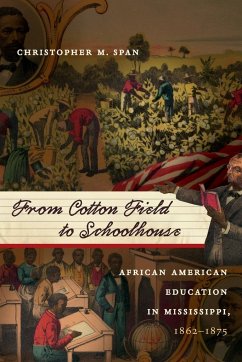Writing in true social history tradition, William W. Giffin presents a magisterial study of African Americans focusing on times that saw the culmination of trends that were fundamentally important in shaping the twentieth century. While many scholars have examined African Americans in the south and such large cities as New York and Chicago during this time, other important urban areas have been ignored. Ohio, with its large but very different urban centers-notably, Cleveland, Columbus, and Cincinnati-provides Giffin with the wealth of statistical data and qualitative material that he uses to argue that the "color line" in Ohio hardened during this time period as the Great Migration gained force. His data shows, too, that the color line varied according to urban area-it hardened progressively as one traveled South in the state. In addition, whereas previous studies have concentrated on activism at the national level through such groups as the NAACP, Giffin shows how African American men and women in Ohio constantly negotiated the color line on a local level, through both resistance and accommodation on a daily and very interpersonal level with whites, other blacks, and people of different ethnic, class, and racial backgrounds. This early grassroots resistance provided the groundwork for the Civil Rights movement that would gain momentum some twenty years later. This analysis of the Ohio color line speaks to those historians who still are inclined to discuss Jim Crow as a wholly southern phenomenon. It indicates that the color line in the North was not uniform and provides further evidence of the importance of locale and local people in African American history. At the same time, it offers stories of inherent interest revealing human conduct at its best and worst.

